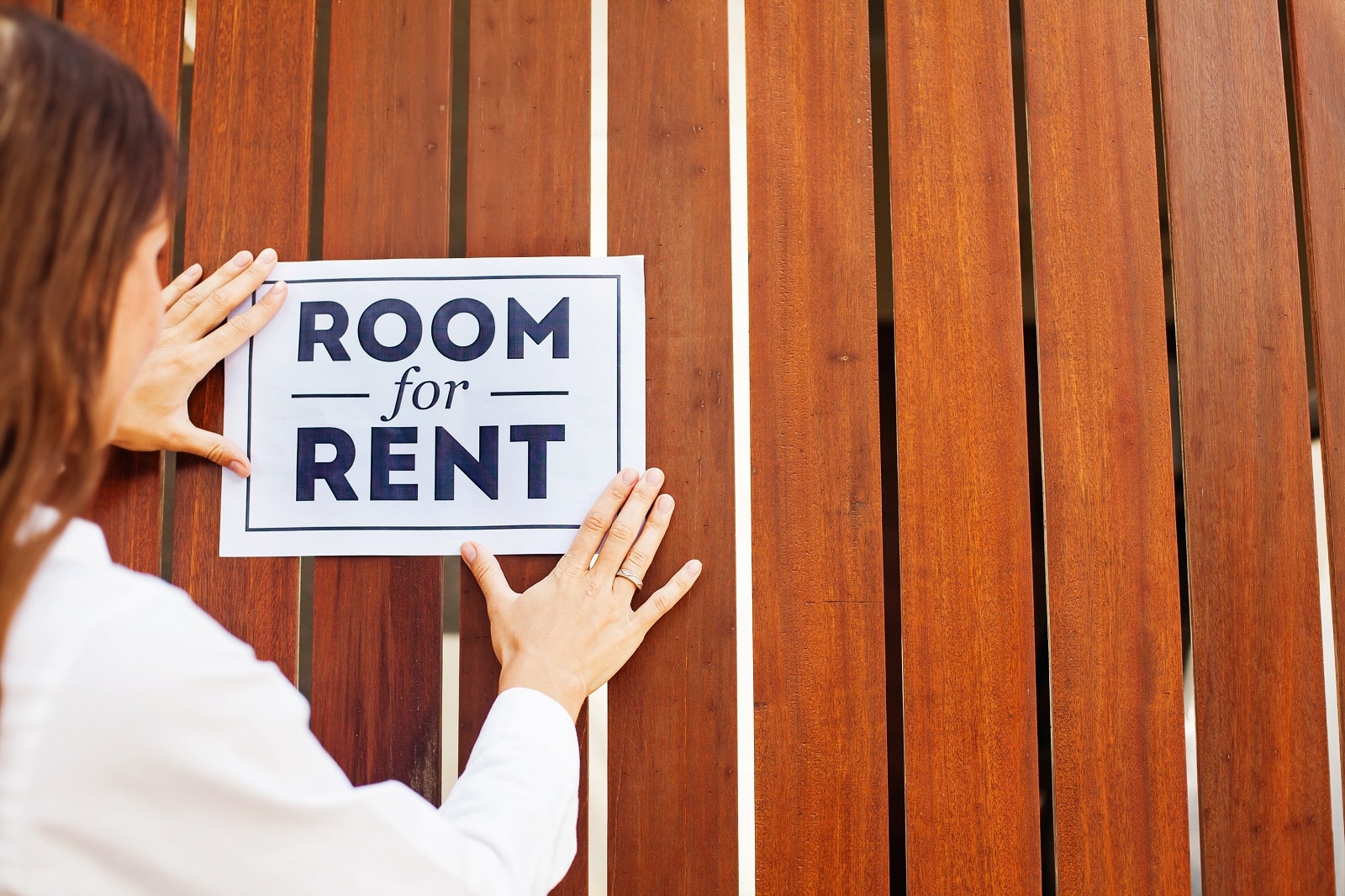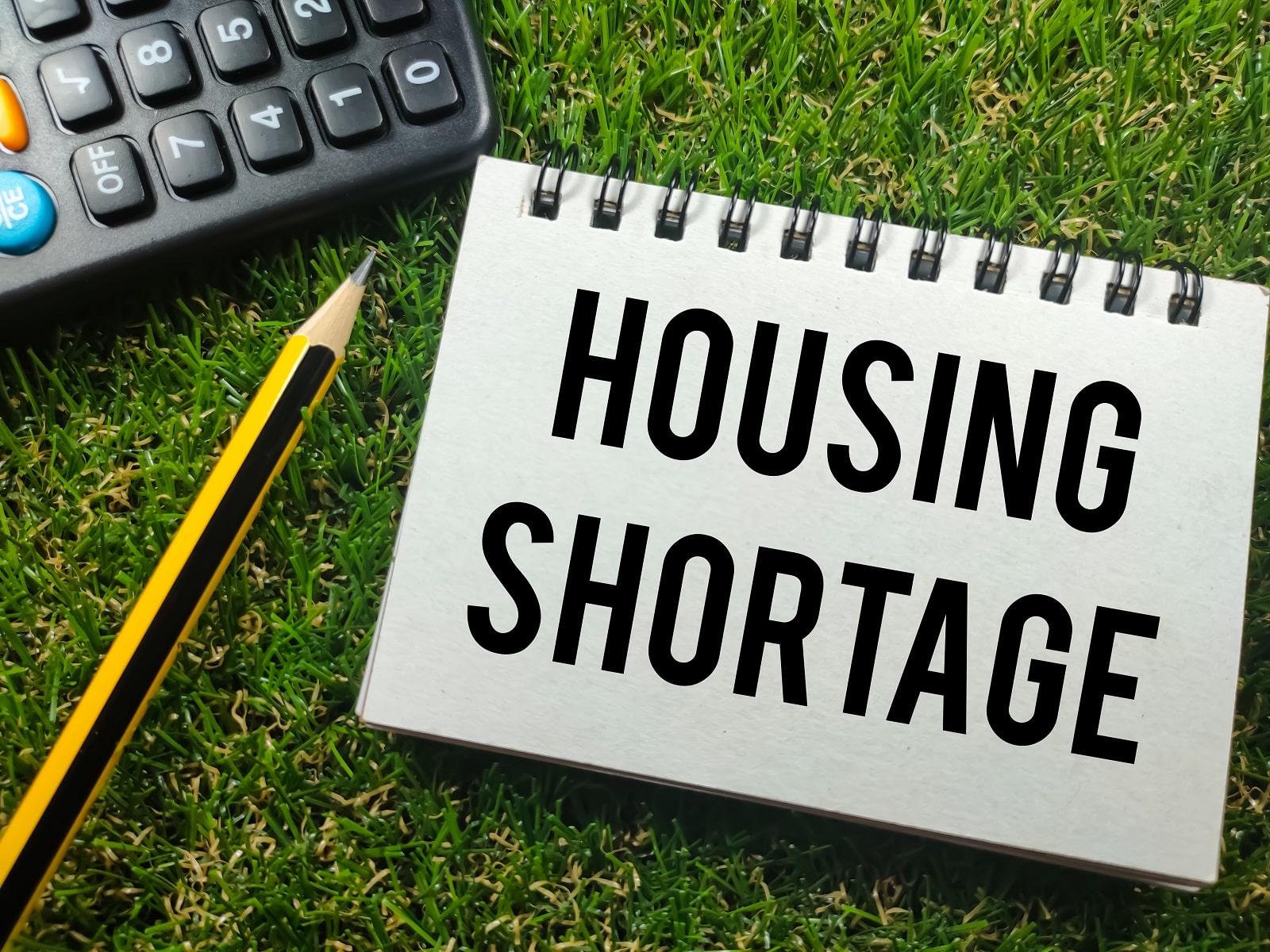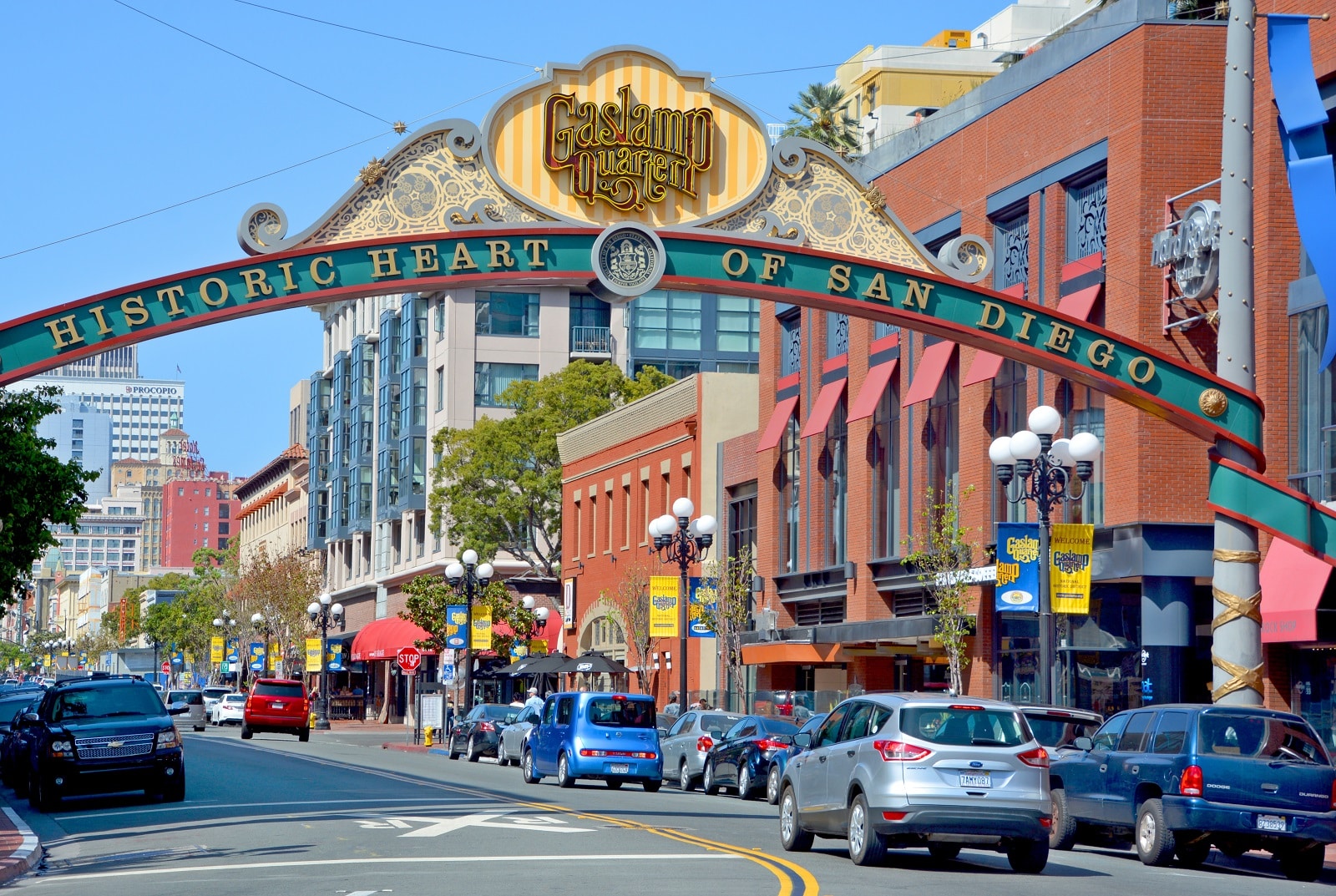San Diego, known for its stunning beaches and vibrant culture, is now gaining notoriety for a less desirable reason: its soaring housing costs. With the average price of single-family homes exceeding $960,000 and rental prices skyrocketing, residents are feeling the pressure.
The Rental Reality

Zillow reports that the median rent for a one-bedroom apartment in San Diego is a staggering $2,395. This steep price is creating affordability challenges for many residents. Even those in highly skilled occupations find themselves sharing homes with roommates to manage costs.
Income vs. Housing Costs

Financial experts often suggest a rent-to-income ratio of less than 30%. However, in San Diego, adhering to this recommendation is a tall order. To comfortably afford a one-bedroom apartment, one would need an annual income of around $120,000. This figure is significantly higher than the median income for a single person in the city, which is just $81,000.
The Renters’ Dilemma

The California Department of Housing and Community Development highlights that over 50% of renters in San Diego are spending beyond the recommended affordable limit. The high cost of living, coupled with the demands of daily expenses like food and gas, exacerbates this challenge, leading to a financial balancing act for many.
Homeownership Hurdles

Purchasing a home in San Diego is equally daunting. The average price for single-family homes is over $960,000, placing a significant financial strain on around 40% of homeowner households. These families are spending more than the advised percentage of their income on mortgages, complicating their financial stability.
Impact on Potential Buyers

The housing market in San Diego is particularly challenging for potential first-time home buyers. The gap between average income and housing costs is forcing many to postpone their dreams of homeownership, reevaluate their financial plans, or look outside the city.
The Housing Shortage

San Diego’s housing crisis is partly due to a shortage of affordable units. The State Department of Housing and Community Development mandates that the city plan for 161,980 housing units in the next eight years, with at least 64,150 being lower income. This shortage contributes significantly to the high costs.
A Desirable Location’s Downside

Randall Waynick, a professor of management, attributes San Diego’s high housing costs to its popularity as a living destination. “San Diego is a great place to live,” he says. “That drives the pricing up because there’s more and more people choosing to settle here now.”
Inflation and Housing Costs

Waynick also notes that housing costs are a major factor in San Diego’s high inflation rate. Despite efforts by the Federal Reserve to cool inflation, he does not see a direct impact on housing prices. “What you’ll see is, it’s sort of pushing the balloon from one side to the other. The interest rates are going to go down, but the housing costs itself will probably go up,” he explains.
A Glimmer of Hope

Despite the daunting housing landscape, Waynick offers a ray of optimism. While he doesn’t anticipate a decrease in housing costs, he expects other expenses like food and gas to start easing up, providing some relief.
Alternative Living Arrangements

To cope with these high costs, residents are exploring alternative living arrangements. Co-living, shared housing, and multi-generational homes are becoming more common as ways to manage the financial burden.
Relocation Trend

Many residents are considering moving to more affordable areas to escape the high costs of living in San Diego. This shift could have long-term implications for the city’s demographic and economic landscape.
Adapting to Change

For those impacted by San Diego’s housing crisis, adaptation is key. Financial planning, exploring different neighborhoods, and staying informed about market trends are essential strategies for navigating this challenging environment.
The Future of San Diego’s Market

As the city grapples with these challenges, the future of San Diego’s housing market remains uncertain. Stakeholders, including local governments and housing agencies, are under pressure to find solutions that balance economic growth with affordability.
Seeking Solutions

The need for effective housing policies and affordable housing initiatives is more pressing than ever. As San Diego continues to attract new residents, finding a balance between growth and affordability will be crucial for the city’s future.
A Complex Challenge

San Diego’s housing market is at a critical juncture. With costs continuing to rise and residents feeling the pinch, the city faces a complex challenge in maintaining its allure while ensuring affordability. As the market evolves, it will be interesting to see how San Diego adapts and responds to these pressing issues.
The post San Diego Renters Grapple with Skyrocketing Housing Prices first appeared on Thrift My Life.
Featured Image Credit: Shutterstock / ChameleonsEye .
The content of this article is for informational purposes only and does not constitute or replace professional financial advice.
